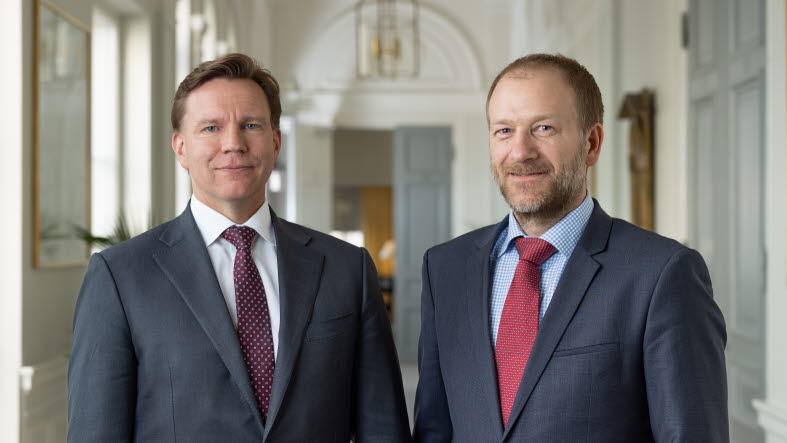The economists’ introduction

Soft landing possible, but very little growth momentum
Autumn is approaching. We can look back on an unusually eventful summer full of headlines, often worrisome. Two ongoing systemic crises – the geopolitical situation and the climate crisis – remind us of the challenges facing humanity. Russia’s war of aggression against Ukraine continues unabated. The Ukrainians are defending themselves bravely, but no end to the war is in sight. Relations between China and the United States continue to deteriorate, increasingly clear military blocs are emerging and there are growing restrictions on Sino-US economic exchanges. Record heat in North America, Asia and Europe (with the Nordic countries as wet and slightly chilly exceptions) provided a worrying backdrop to news stories about drought, heat stroke and fires that resulted in human suffering and great material devastation.
The economic news flow has been more mixed. On the gloomy side, China’s reopening after its pandemic lockdowns looks set to be disappointing. Growth is returning to more normal levels but will add little momentum to the world economy. This is especially noticeable in Germany, where exports and other sectors face continued headwinds. Sweden’s performance is also sluggish, with second quarter GDP figures showing a bigger slowdown than most observers had expected. Many Swedes taking holidays abroad were also unhappy about the record-weak krona. But the situation is not homogeneous and is far from hopeless; many economies show continued resilience. US growth has surprised on the upside, and we are upgrading our 2023 forecast significantly. In many countries, labour markets are showing high employment and low jobless rates. Although consumption is falling in some places in real terms, it is holding up in nominal terms, especially in services. Concerns about the financial system have clearly decreased since last spring’s US banking problems.
Furthermore, European gas reserves are well-filled ahead of next winter. Perhaps most importantly: Inflation is falling. Numerous rapid key rate hikes, along with supply-side normalisation, have had an impact. Price increases are slowing. Weaker economic activity, continued high interest rates, lower real household incomes and base effects as year-old price hikes vanish from inflation metrics suggest that inflation will keep falling this autumn. The main question is no longer how many more rate hikes there will be, but when the first cuts will occur.
The overall picture is that there is relatively good potential for avoiding an economic hard landing, especially in the US. Uncertainty is greater elsewhere. In Sweden, we will have weak growth both this year (negative) and in 2024 (around zero) but will likely avoid a deep, prolonged recession with sharply rising unemployment. Meanwhile we must not forget that we are living in unique economic times and cannot rule out that, for example, the record-fast key rate hikes of the past 18 months may have a larger negative impact on the economy than we have seen so far.
This August 2023 issue of Nordic Outlook includes in-depth theme articles that address the following issues:
- Inflationary forces, real wages and profit margins
- AI and the economy
- Green subsidies
- The krona and flows
We wish you pleasant reading!
Jens Magnusson
Chief Economist
Daniel Bergvall
Head of Economic Forecasting
